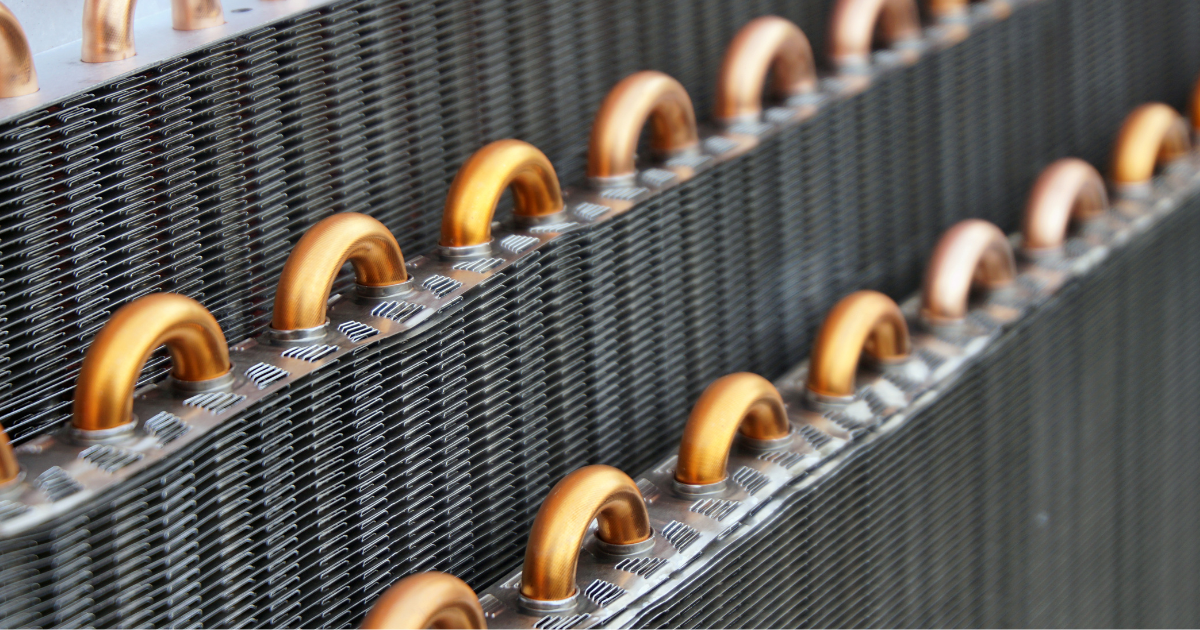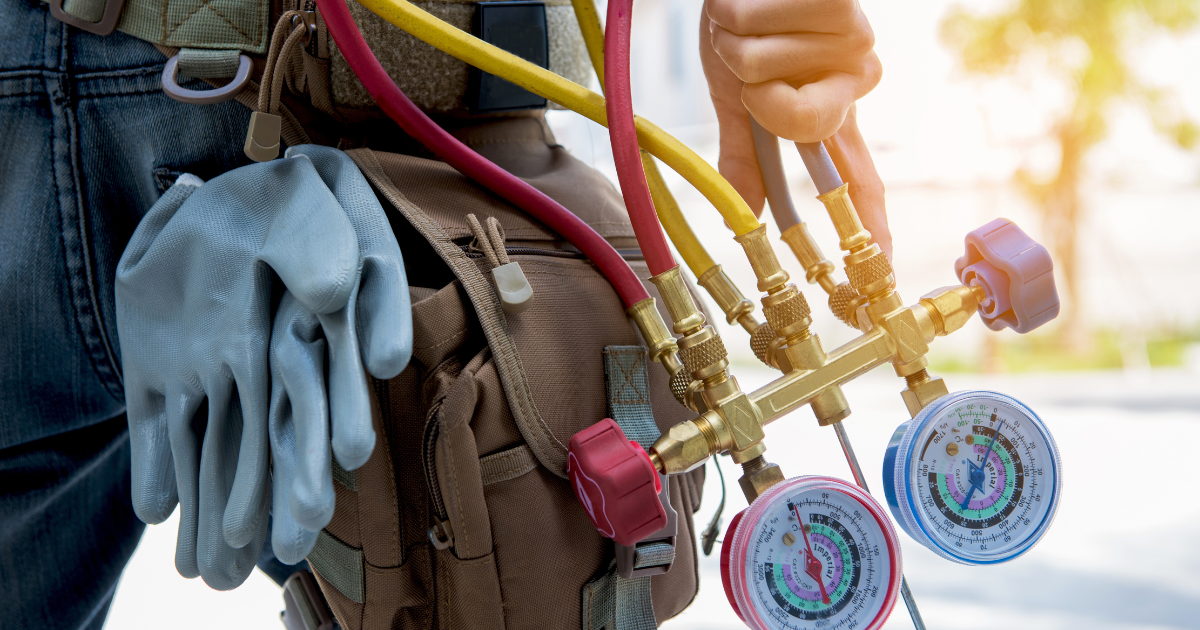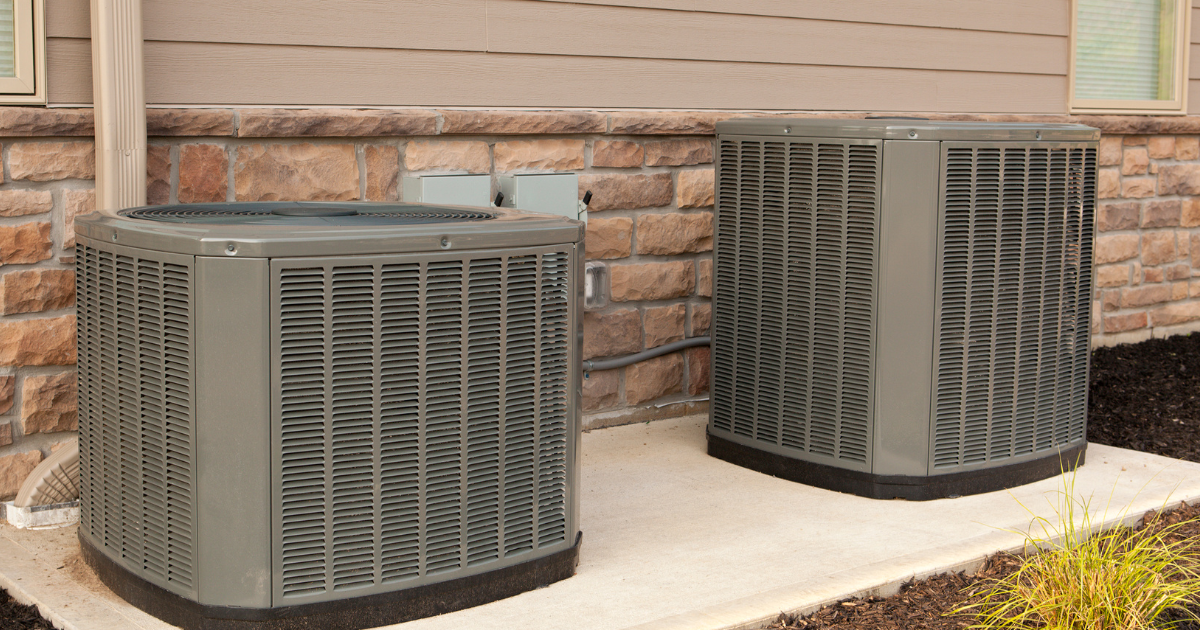Furnace Efficiency Ratings
The Annual Fuel Utilization Efficiency rating on your furnace—also known as AFUE—could be the key to understanding your furnace’s lifetime costs and ensuring your home is as efficient as possible. Here’s all you need to know about today’s AFUE rating system and how the number may inform your next HVAC upgrade.
What Is an AFUE Furnace Rating?
Back in 1987, the U.S. Department of Energy established national standards to ensure the efficiency of major household appliances. The National Appliance and Energy Conservation Act included the advent of AFUE ratings for furnaces.
Your furnace’s AFUE number, displayed as a percentage, likely falls anywhere between 56% and 100%, and the higher the number, the more efficient the furnace. You’ll find this number on the front faceplate of your furnace or by looking up the unit’s serial number.
Understanding the Numbers
The AFUE rating represents how much of the fuel used in your furnace converts into energy and how much gets lost to the wind—sometimes literally. A furnace with an 85% AFUE rating converts 85% of the fuel into heat and loses 15% to the combustion process.
Misdirected heat, for example, may head right up the chimney instead of your home, warming the birds on your roof, but not your living room. In financial terms, this means you lose about 15 cents on the dollar when you pay for your heating bill—not exactly ideal.
Here’s an important note: The AFUE rating does not include energy lost to poor insulation, ductwork, drafty windows, or a chilly attic. The Energy Department suspects up to 35% can be lost to these factors on top of the AFUE number, so we’ll jump into them a bit later.
AFUE Regulations
If your old trusty furnace from the ’70s is still chugging along—and requires you to relight the pilot every time the wind blows—it may have an AFUE rating as low as 56%. This means you’re losing up to 44% just in the heating process.
The National Appliance Energy Conservation Act of 1987 set the AFUE standard to 78% through the start of 2015 and then upped it to 80% afterward. In order to earn the coveted Energy Star rating, a furnace must exceed 90% AFUE. Nowadays, standard furnaces fall in the low to mid-80s.
AFUE Ratings Based on Furnace Type
There is no one-size-fits-all heating system for every home. The Energy Department even recommends different ratings for each part of the country depending on the climate and the type of fuel used in your system.
Overall, furnace efficiency varies based on the:
- Fossil fuel or electricity used
- Size of the unit
- Ignition style
- Blower style
- Exhaust style
- Type of heat exchanger
- Sealed or unsealed combustion system
Check back next week for more information on furnace ratings and specific categories.
Our HVAC Burlington, NC professionals are ready to serve your HVAC needs during this trying time. Assisting both residential and commercial clients, we provide heating, air conditioning repairs, installation, and maintenance, and more for your home or office. If you want HVAC Burlington, NC service that is quick, competitively priced, and easy to request – contact Barber Heating & Air now. We have the products and services you need in Burlington, NC and surrounding areas.
Request Service
"*" indicates required fields


